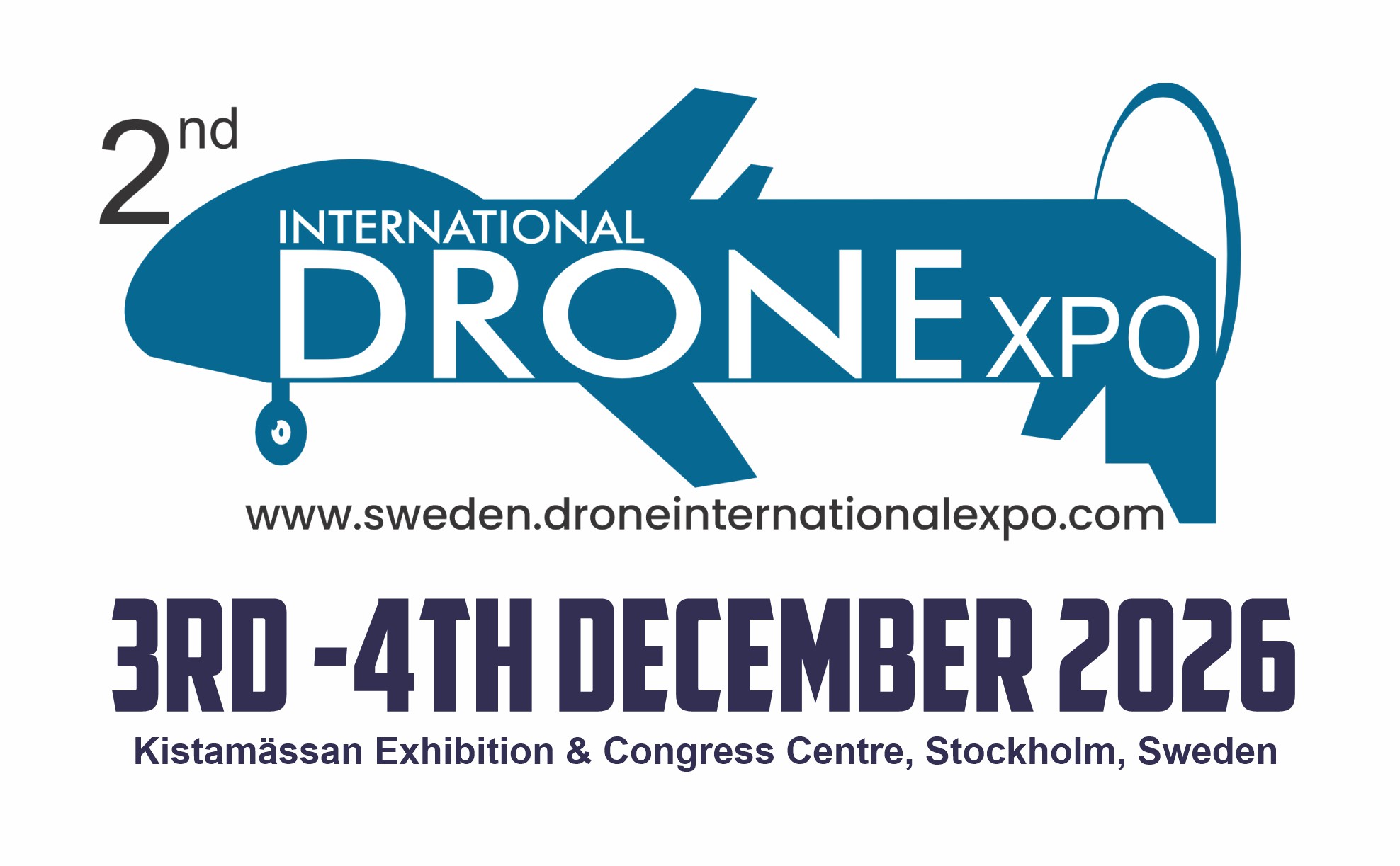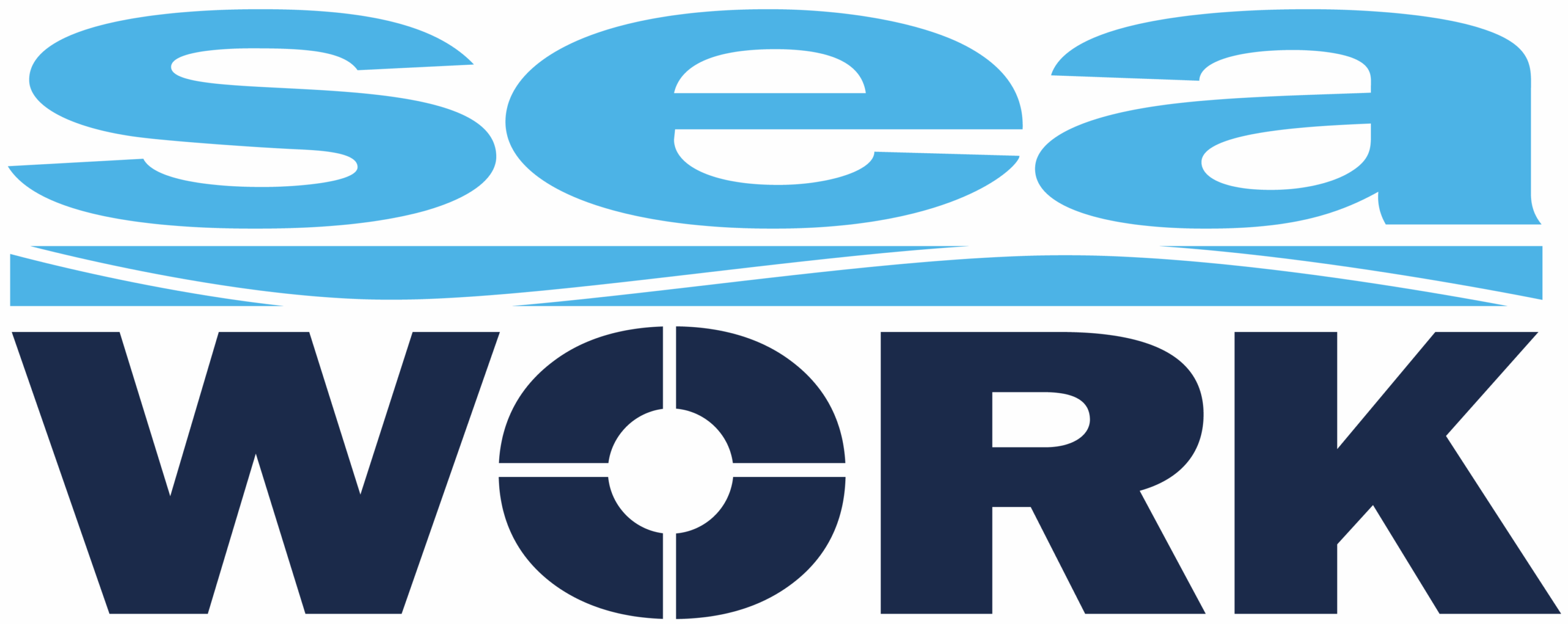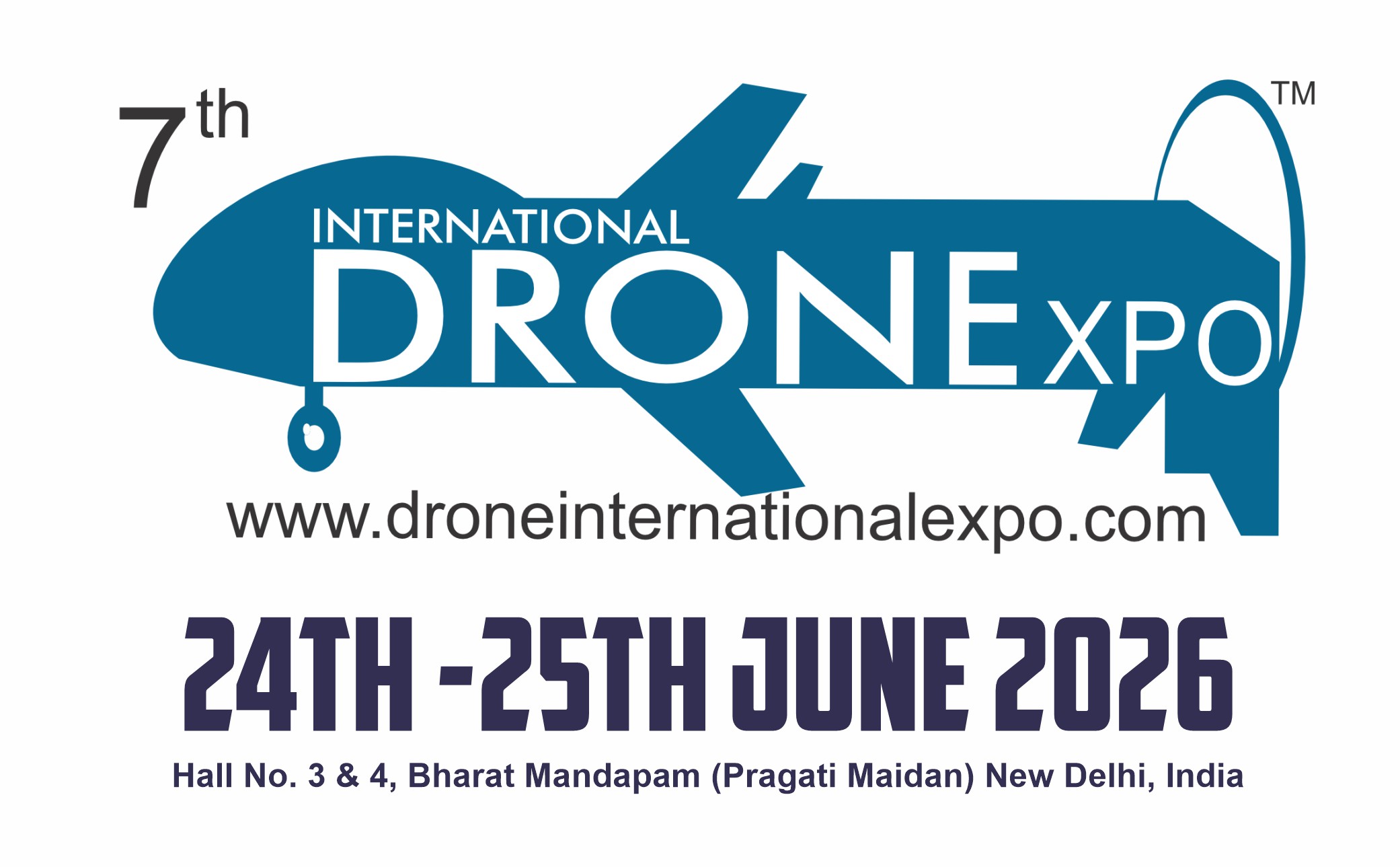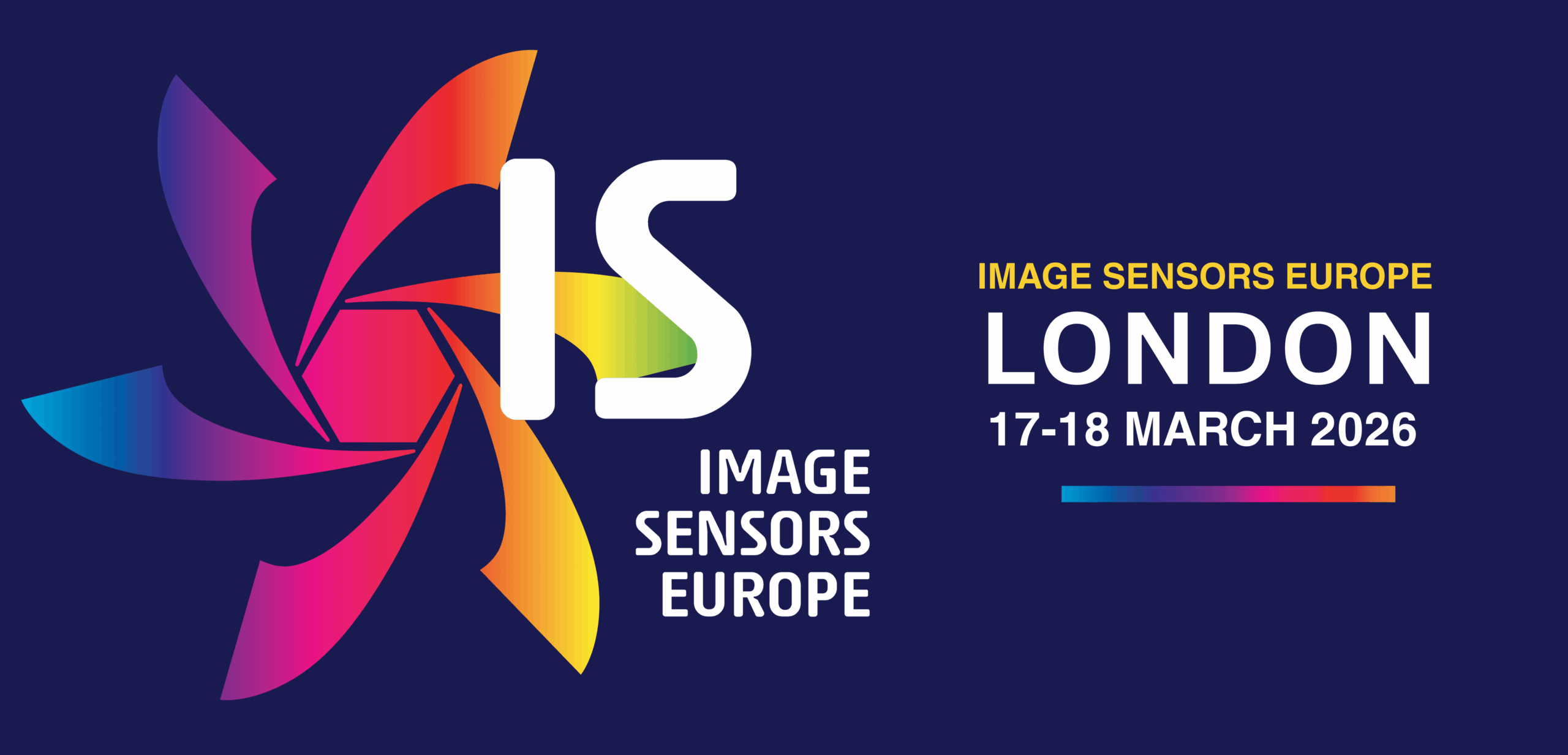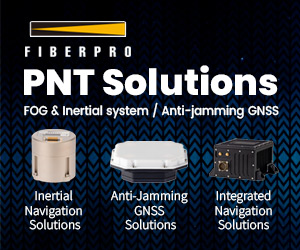AUSA 2022

(Photo courtesy of Jeromie Stephens for AUSA)
Army issue
Rory Jackson picks out some of the new technology highlights from last October’s Association of the US Army exhibition
The annual Association of the US Army (AUSA) meeting and exposition was held in October 2022 at the Walter E Washington Convention Center in Washington DC, with hundreds of companies presenting new technologies there. These included a variety of new avionics, power systems and other components for uncrewed vehicles designed for reconnaissance, IED disposal, frontline resupply and more. Our selection of them is presented here.
UXV Technologies travelled from Denmark to show its Soldier Robotic Controller (SRoC).
“The idea behind the SRoC is to offer a ruggedised GCS solution,” said Frank Severinsen. “It is therefore a standardised product intended for defence robotics. It offers highly flexible comms by interfacing either through our new SRM [Swappable Radio Module] or the Nett Warrior ecosystem that is directly mounted on the soldier.”
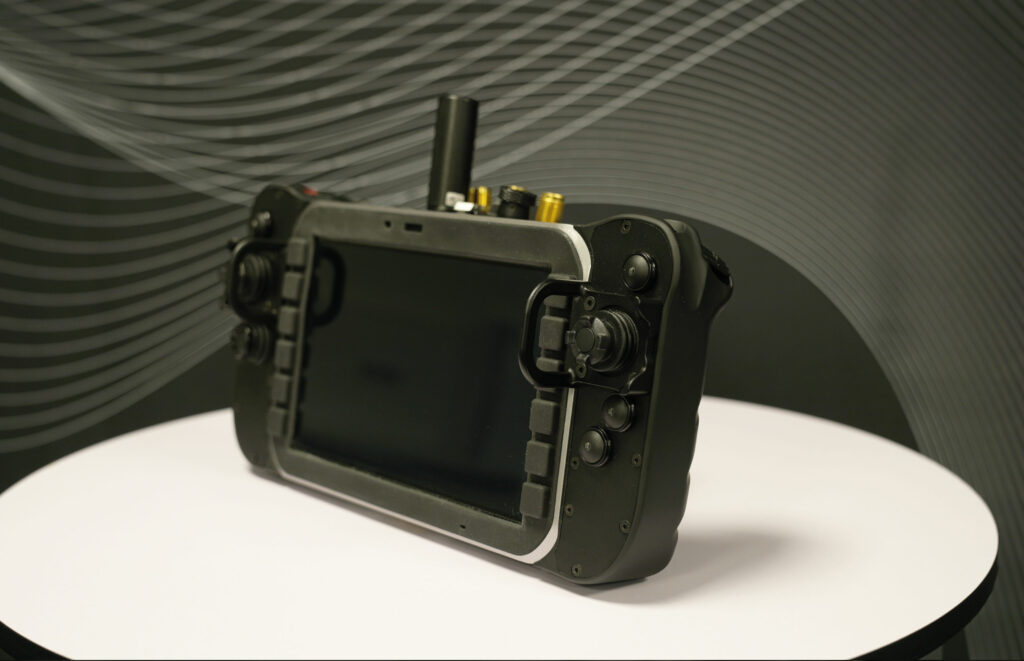
If opting for the SRM, the GCS operator can seamlessly connect or disconnect multiple radios from Microhard, the Doodle Labs Helix, the Silvus SC4200, the Persistent Systems MPU5, the Trellisware TW 650 or DTC, to the SRoC. Other radios (including SDRs) may also be compatible.
“We developed it as part of a project with the US Defense Innovation Unit,” Severinsen explained. “The US government wanted to standardise American defence products.
“The SRoC combined with the SRM thus enables huge flexibility for defence groups operating uncrewed systems, because you’re no longer locked into using one specific radio product or protocol – you can switch between different radios as needed, and the configuration process takes seconds.”
Northwest UAV (NWUAV) attended AUSA to showcase its newest solution for uncrewed power and propulsion, the NW-230 multi-fuel engine.
“The NW-230 is a purpose-built heavy fuel engine, designed as aviation grade for evolving UAS programmes both now and in the future,” Chris Harris said.
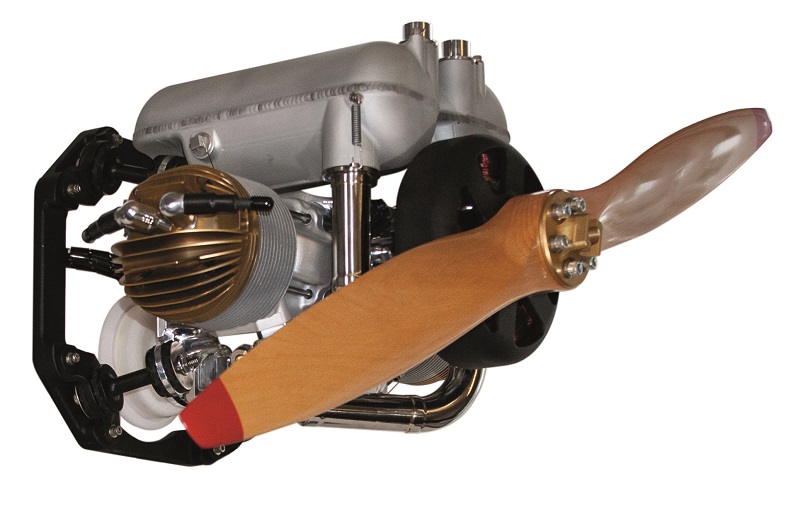
It has been engineered to comply with the current Made In America Act, and so far meets 75% of its future requirements. It can also run on Jet-A, JP-5, JP-8 or TS-1 without needing to remap. Alternatively, the engine can be set up for non-ethanol 93-100 octane gasoline ([R+M]/2).
The engine weighs about 10 kg, produces 15-18 bhp (11-13 kW), has a BSFC of 377-474 g/kWh, and an estimated TBO of about 500 hours, potentially higher, depending on application. NWUAV is refining the design with the goal of sub-350 g/kWh fuel efficiency across a wide rpm range.
“The engine is designed to meet or exceed -20 C to +50 ºC, and integrates our patented active cylinder head temperature control system that maintains tight and effective control of the head temperature as needed for hot and cold operations with heavy fuels,” Harris added.
NWUAV has successfully tested the NW-230 with a 2 kW starter/generator. Development is ongoing, with the first engineering release of units expected in the next few months.
Echodyne attended the expo to showcase its upcoming radar, EchoShield, a pulse-Doppler radar designed for medium-range applications.
“EchoShield’s first mission set is counter-UAS and, as a MESA [metamaterials electronically scanning array] platform, it is configurable for a range of applications and missions, such as ground infrastructure for UAS operations or as an airborne variant for UAV navigation,” Leo McCloskey told us.
EchoShield tracks targets with an angular accuracy of 0.5º in both azimuth and elevation when detecting, identifying and targeting intrusive UAVs. Updates to enable its use on mobile vehicles are due in mid-2023.
“The ability of our radars to significantly enhance machine perception and performance while increasing safety is derived from our proprietary MESA technology,” McCloskey added.
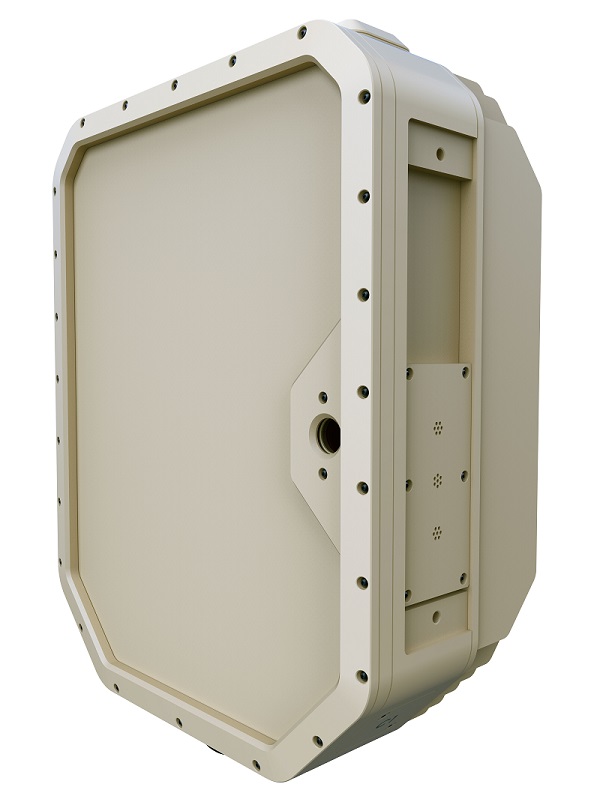
EchoShield weighs 17.8 kg, measures 42.5 x 33 x 18 cm, and consumes up to 250 W. It integrates over a 20-48 V DC input (with a Mil-Std 38999 connector) for power and over Gigabit Ethernet for control, with data output possible using 1 Gbyte or 10 Gbyte Ethernet. The system will begin shipping in the next few months.
Domo Tactical Communications (DTC) spoke to us about its new BluSDR series of OEM radio modules, which have been designed as SWaP- and cost-optimised systems it says are for uncrewed systems applications.
Four BluSDR products are offered. The BluSDR-6 is the smallest and lightest (weighing 26 g), consumes 3 W and has an effective range of 6 km at 400 mW broadcast power.
For medium-range (30 km maximum) UAVs, DTC provides the BluSDR-30, which consumes 6 W and broadcasts at 2 W, while weighing 85 g. It is recommended for long-range UAVs, both as a mobile and fixed site system (such as a GCS). It weighs 2.5 kg and broadcasts at 10 W up to a range of 90 km.
The third model, the BluSDR-200, is DTC’s most powerful mesh product for extreme long-range applications. The 5 kg system broadcasts over 200 km with 30 W output power, and contains dual Ethernet, serial and HD-SDI interfaces, as well as USB and audio.
Rob Garth explained several trends that motivated the development of the BluSDR products. “For one, there’s more swarming/teaming operations using small UAVs, with customers moving towards mission profiles where one operator oversees multiple aircraft,” he said.
For such operations, mesh radio architectures enable coverage of larger areas and automatically deal with the routing of traffic over multiple hops.
“Customers also expect higher performance from small UASs,” he added. “Defence and law enforcement for example want to be able to operate in contested spectra, potentially resisting jamming and interference.”
UPCOMING EVENTS


